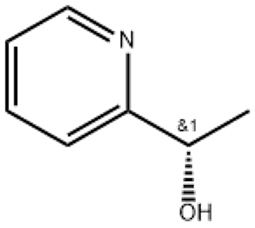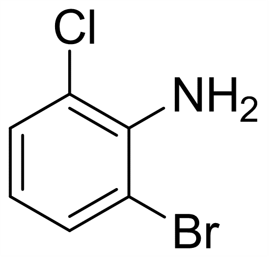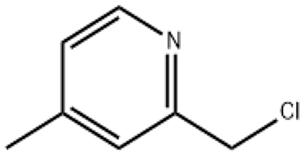Sodium trifluoromethanesulphinate(CAS# 2926-29-6)
| Hazard Symbols | Xi – Irritant |
| Risk Codes | R36/37/38 – Irritating to eyes, respiratory system and skin. R36/38 – Irritating to eyes and skin. |
| Safety Description | S26 – In case of contact with eyes, rinse immediately with plenty of water and seek medical advice. S36/37/39 – Wear suitable protective clothing, gloves and eye/face protection. |
| WGK Germany | 3 |
| TSCA | No |
| HS Code | 29309090 |
| Hazard Class | IRRITANT |
Introduction
Sodium trifluoromethane sulfinate, also known as sodium trifluoromethane sulfonate. The following is an introduction to the properties, uses, preparation methods and safety information of the compound:
Quality:
- Sodium trifluoromethane sulfinate is a white crystalline solid that is easily soluble in water and organic solvents.
- It is a strong acidic salt that can be rapidly hydrolyzed to produce sulfurous acid gas.
- The compound is oxidizing, reducing, and strongly acidic.
Use:
- Sodium trifluoromethane sulfinate is widely used as a catalyst and electrolyte.
- It is often used as a strong acidity evaluation reagent in organic synthesis reactions, such as stabilized carbon ion compounds.
- It can also be used for research in polymer electrolytes and battery materials.
Method:
- The preparation of sodium trifluoromethane sulfinate is usually obtained by reacting trifluoromethanesulfonyl fluoride with sodium hydroxide.
- Sulfurous acid gases produced during the preparation process need to be properly disposed of and removed.
Safety Information:
- Sodium trifluoromethane sulfinate is corrosive and irritating and should be avoided from direct contact with the skin, eyes, and respiratory tract.
- Personal protective equipment such as lab gloves, goggles, and protective clothing should be worn during handling.
- Keep it well ventilated during storage and use.








